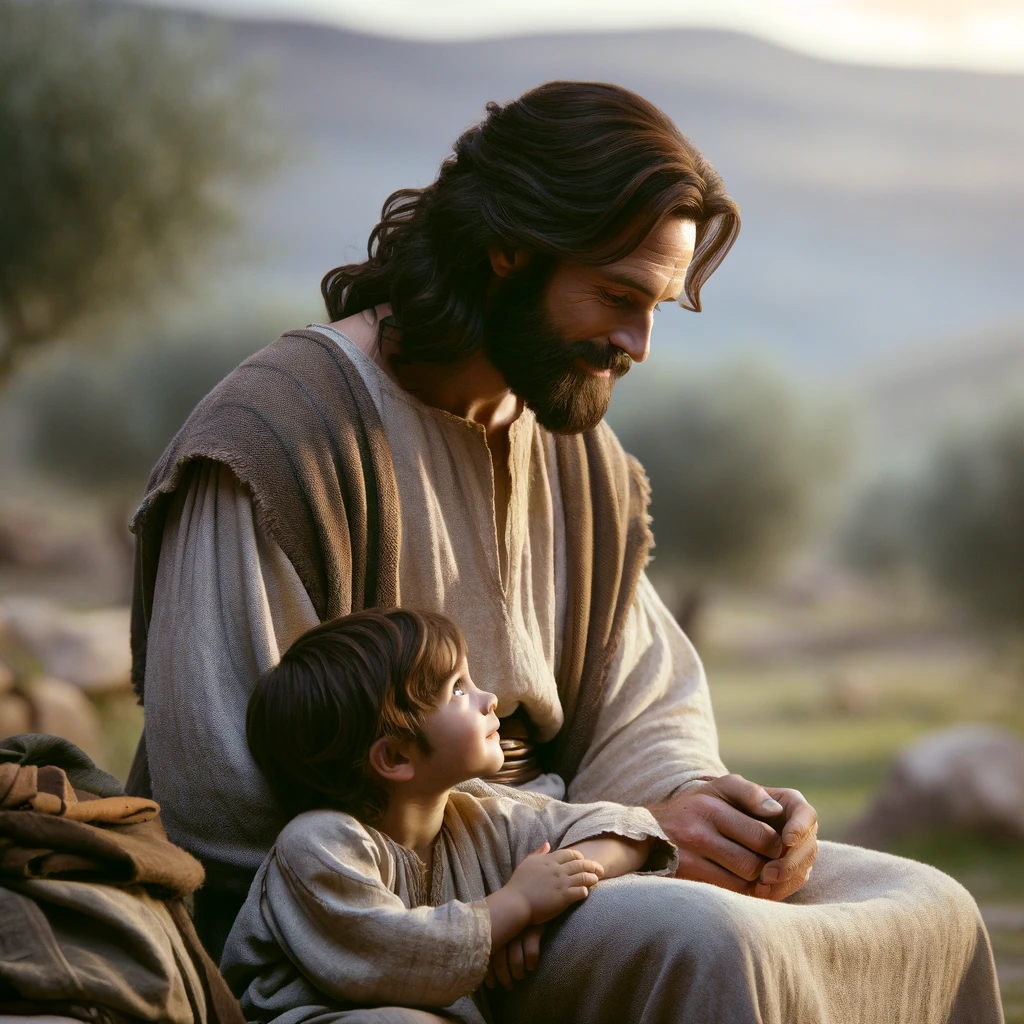“The Mosaic of Prophecies: Tracing Yeshua’s Portrait Through the Old Testament”


The Old Testament, a treasure trove of prophetic literature, has long fascinated scholars, theologians, and believers for its intricate predictions about the Messiah. Among these texts, a remarkable pattern emerges—a mosaic of prophecies that, piece by piece, sketch a portrait of Yeshua (Jesus). This collection of ancient forecasts, spread across various books and prophets, offers a complex yet coherent picture of the coming Messiah’s life, mission, and ultimate purpose.
Isaiah: The Suffering Servant and Prince of Peace
Isaiah, one of the most prolific prophets in terms of Messianic predictions, presents a dual aspect of the Messiah. In chapters like Isaiah 7:14 and 9:6-7, he prophesies the miraculous birth of Immanuel and a child destined to embody divine attributes, wielding authority as the Prince of Peace. Perhaps most strikingly, Isaiah 53 depicts a suffering servant, a figure who, despite bearing sorrows and acquainted with grief, would carry the sins of many. Christians see this as a clear foreshadowing of Yeshua’s sacrificial death and resurrection, highlighting His role as both divine king and suffering savior.
Micah: The Ruler from Bethlehem
Micah 5:2 pinpoints Bethlehem as the birthplace of a ruler whose origins are from ancient times. This small, seemingly insignificant town is thus marked as the cradle of a leadership that would extend “to the ends of the earth.” This prophecy not only establishes a physical location for the Messiah’s entrance into the world but also links Yeshua to the lineage of David, underscoring His royal credentials and fulfilling the promises made to David’s house.
Daniel: The Son of Man
Daniel’s visions add another layer to the Messianic portrait. In Daniel 7:13-14, he describes a vision of “one like a son of man,” a heavenly figure given authority, glory, and sovereign power by the Ancient of Days. This apocalyptic vision resonates through the New Testament, especially in the Gospels and Revelation, portraying Yeshua as a divine figure who will return in glory to establish His everlasting kingdom.
Zechariah: The Humble King
Zechariah 9:9 foretells the arrival of a king—just, victorious, and humble, riding on a donkey. This prophecy is vividly realized in the New Testament accounts of Palm Sunday, as Yeshua enters Jerusalem not with the pomp of earthly kings but in a manner that symbolizes peace. This act fulfills the ancient words of Zechariah, highlighting Yeshua’s mission to bring a different kind of kingdom, one rooted in humility and peace.
A Mosaic of Fulfillment
These prophecies, along with many others scattered throughout the Old Testament, form a detailed and nuanced mosaic that points to Yeshua. Each prophecy, like a piece of a puzzle, contributes to a larger picture of the Messiah’s identity, mission, and the nature of His kingdom. For believers, these ancient texts offer not just predictions but a divine promise, fulfilled in the life and work of Yeshua, weaving together the threads of prophecy, history, and faith into a tapestry of redemption and hope.
The exploration of Yeshua in the light of Old Testament prophecies invites us to delve deeper into the Scriptures, appreciating the profound continuity and the unfolding revelation of God’s plan for humanity. In these ancient prophecies, we find not only the anticipation of Yeshua’s coming but an invitation to understand the depth of His mission and the breadth of His love, a love that transcends time and speaks to the heart of every generation.

